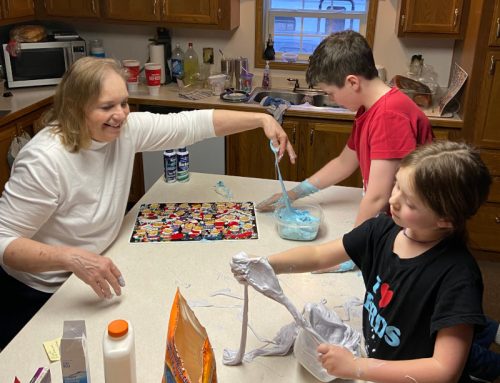Day 20 A Secret to Writing Good Mystery Stories (and learning, and creating change, and…)
By jbjamison|2019-04-29T01:17:51+00:00April 25th, 2019|Dibelief, Disruption, Distraction, General, I Can't Paint My Dog!, J. B. Jamison, Pops Jamison, The Skwerdlock, Uncategorized, Writing Fiction, Writing for Early Readers and Listeners|0 Comments
About the Author: jbjamison
Storyteller, author, gamer, musician, artist, and a lot of other labels that don't tell you anything about who I actually am.




